Bees are benevolent little workers who pollinate and beautify the blooms of the world. An integral part of the landscape, they burrow their furry yellow and black backs into the luscious center of flowers, gather nectar and then cross-pollinate other flowers. It’s estimated that insects, particularly bees, are responsible for the growth of a third of humans’ food sources. So how do these busy workers see the world? Scientists say that adaptations to how a species sees their environment, will allow the species to thrive more than others. So their evolutionary adaptations of bees’ vision is very interesting.
Ultra Violet Glory
Bees see the world of blooms and plants in shades of ultra-violet (UV). They have a completely different color detection system compared to humans and use the UV spectrum, which is something that humans need machinery to achieve. The Floral Reflectance Database (FReD) was created by researchers at Imperial College and Queen Mary University in London.
This research painstakingly documents the migratory movements of bees as they pollinate flowers, and then takes measurements to highlight the color of plants on spectrum of what’s visible to both humans and bees. Scientists managed to do this by inserting tiny electrodes into the bees and by using non invasive behavioral studies.
The World According to Bees
Bees see landing pads on the top of flowers, which appear invisible to our eyes but vibrant, attractive and colorful to the bees. These landing pads signal where they can get the best nectar. The landing pads are like dots or circles within one another that radiate out from the center of the flower, almost like a darts board. This shiny, iridescent pattern says to the bee, come and put your tongue in there and take away some pollen.
How Can We Learn From This?
Seeing as every third mouthful of food we eat is brought to fruition by bees, how can we learn from this? There are a number of commercial purposes that Professor Chittka and his team believe will be useful. By knowing how bees see flowers, it’s possible to understand the right light climate inside of a greenhouse. Then to create the best environment for the bees to detect and pollinate plants.
Perhaps this research will result in a collaboration between the cream of the crop of the bee world and the human world. We can only hope.


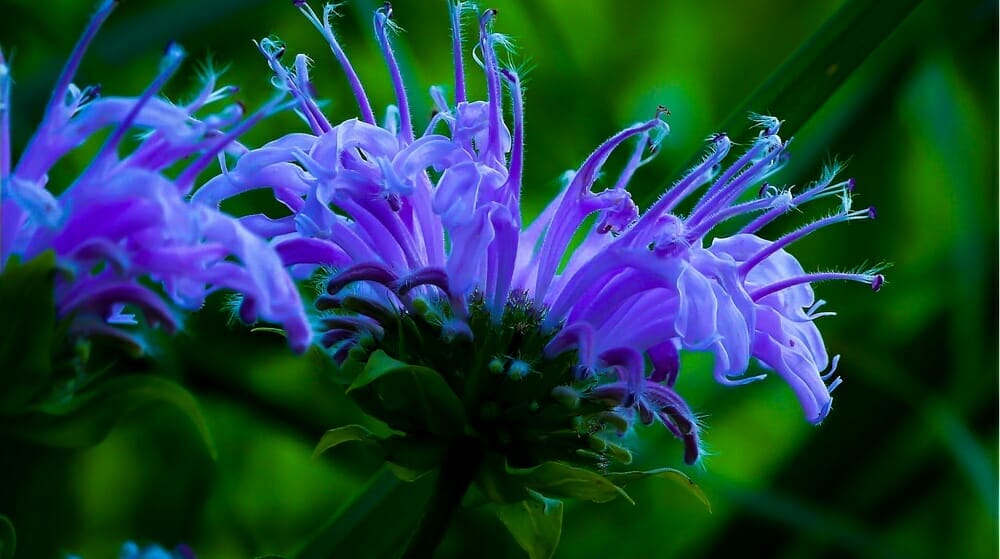
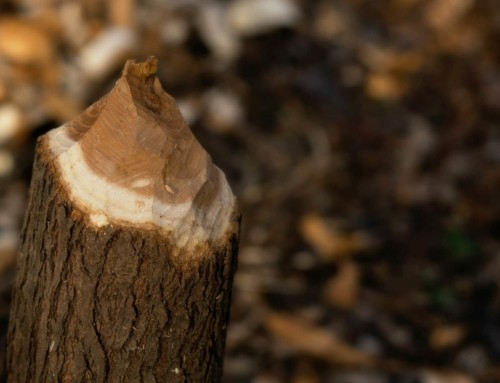
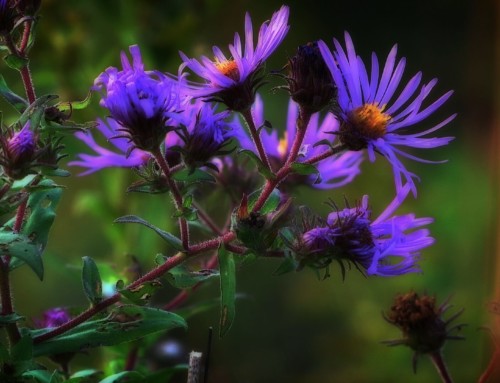
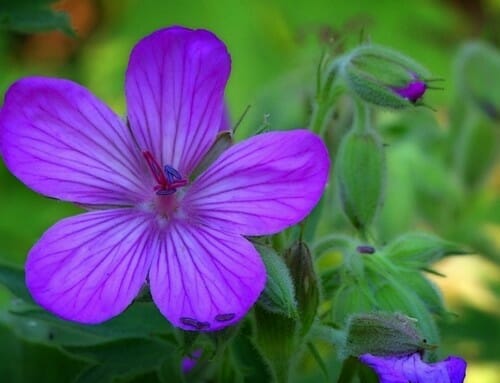
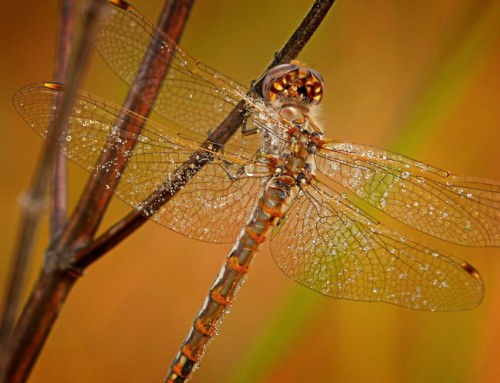
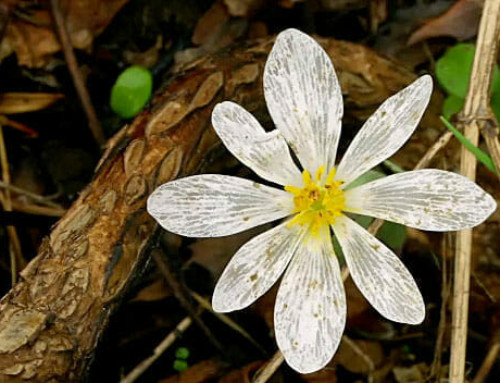
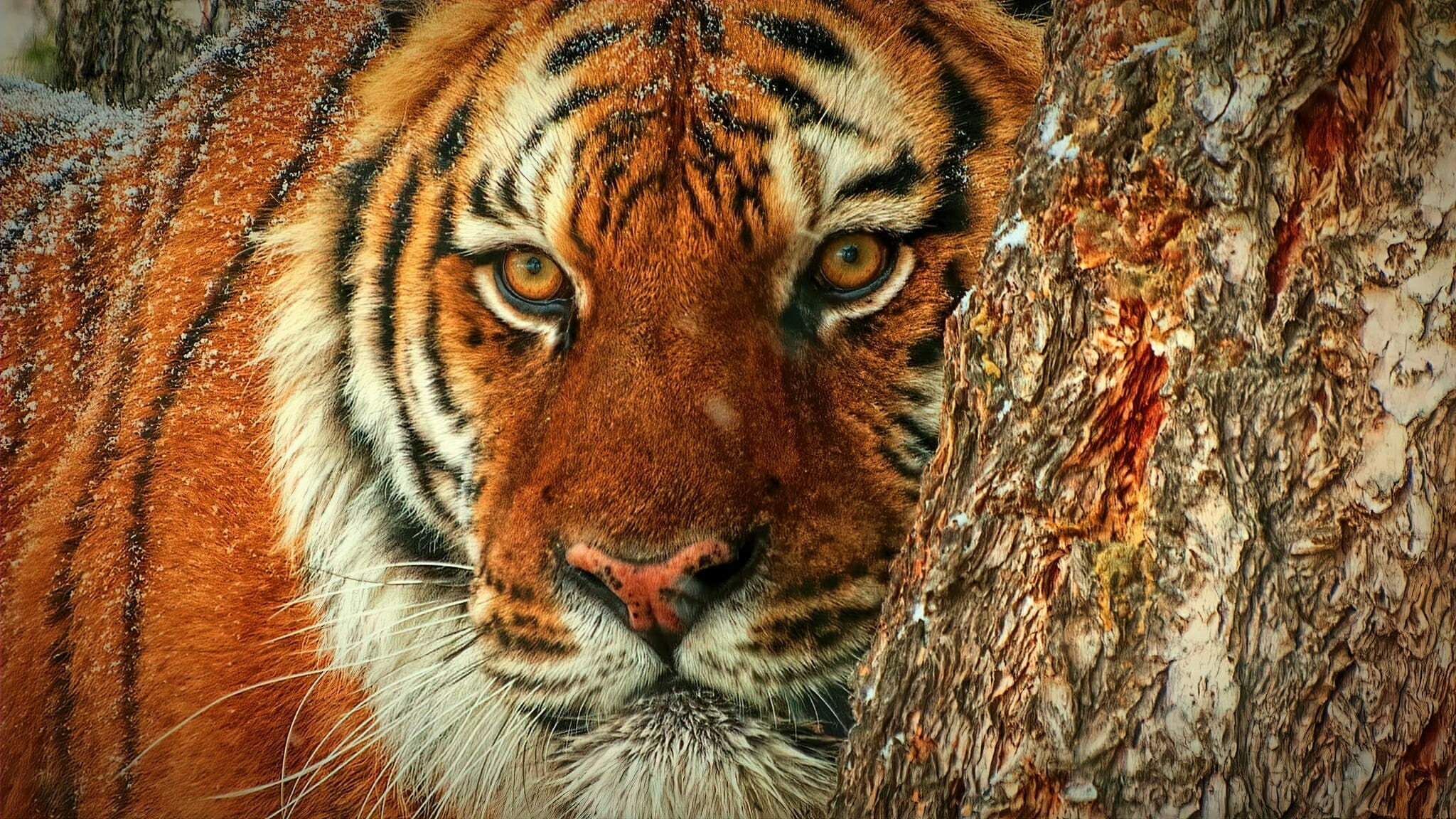
Leave A Comment
You must be logged in to post a comment.